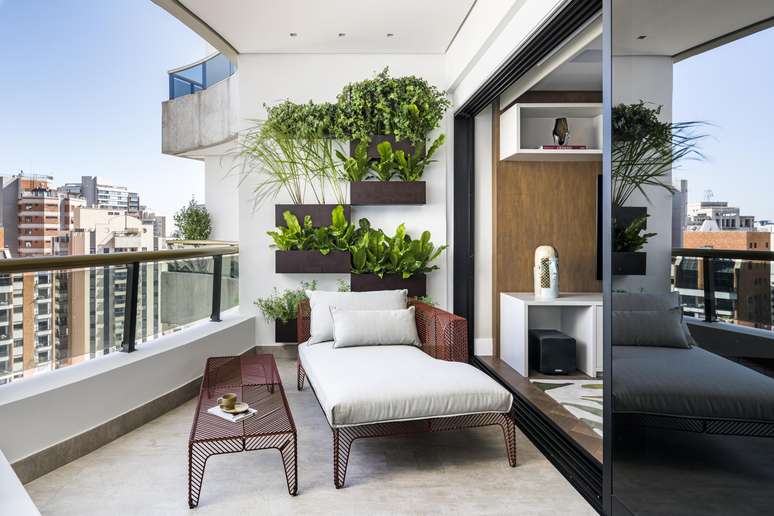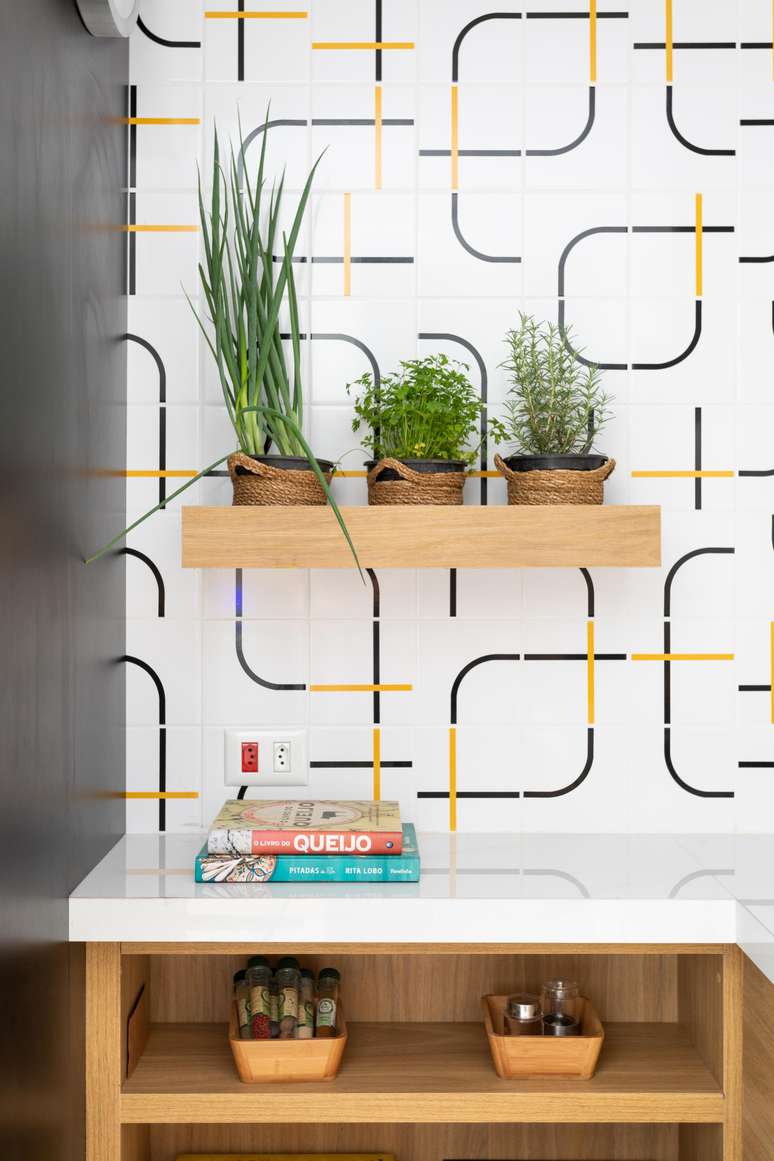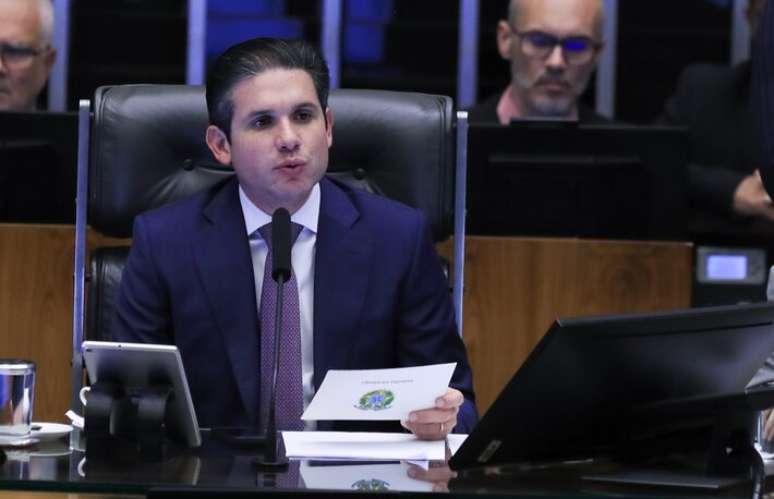Check out some quick tips for vases, lighting, and species suggestions
If you think that it is not possible to set up a vegetable garden with little space, you are wrong! In recent years the habit of planting at home has become increasingly common as a hobby but also as a way to have a healthier diet and the pleasure of eating something planted with our own hands.
Even with little space available it is possible to grow vegetables. However, it is important that good use and optimization of this spacethen it will be possible to use it r small vases, suspended or arranged vertically on the walls, For example. To help you with this task, Amanda Inoue, agronomist and research and production coordinator at ISLA Sementes, provides important tips on how to start planting in small spaces.
1. Types of vases
There are different types of pots available, of different shapes, colors, materials and sizes, which can be used for vegetable production.
“The choice depends on the space and location available to accommodate them, as well as the type of planting that will be carried out there. For small plantations, often, deep and large surface vessels are not necessary. A good example is the reuse of packaging in plastic traysfor the production of microgreens, or even PET bottles for the production of hardwoods,” explains Amanda.
2. Brightness
The agronomist underlines that access to light is fundamental and that this must be taken into account when choosing the ideal place in the house or apartment where to set up the vegetable garden.
“It is important that the position has access to light at least during certain periods of the day. Every plant needs light for its photosynthesis process and, consequently, good development, “he says.
3. Main plants, aromatic herbs and vegetables for small gardens

In smaller spaces, the most recommended growing options are plants that do not have very extensive vegetative growththat is, plants with more compact dimensions, both in the aerial part and in root development, since they would be grown in small pots.
“The vegetables compatible with this system would be leafy vegetables in general, such as lettuce, arugula, watercress, radishes, carrots, herbs and seasonings such as basil, parsley, chives, coriander, rosemary, thyme“, suggests Amanda.
It is worth remembering that this is important take into consideration the region you live in and the time of year you plant, some cultivars develop better in certain regions and climates, this information is normally indicated by seed suppliers on the packaging. Paying attention to management needs also makes a huge difference in the production process, such as the amount of irrigation, fertilization and other crop treatments.
Source: Terra
Ben Stock is a lifestyle journalist and author at Gossipify. He writes about topics such as health, wellness, travel, food and home decor. He provides practical advice and inspiration to improve well-being, keeps readers up to date with latest lifestyle news and trends, known for his engaging writing style, in-depth analysis and unique perspectives.









